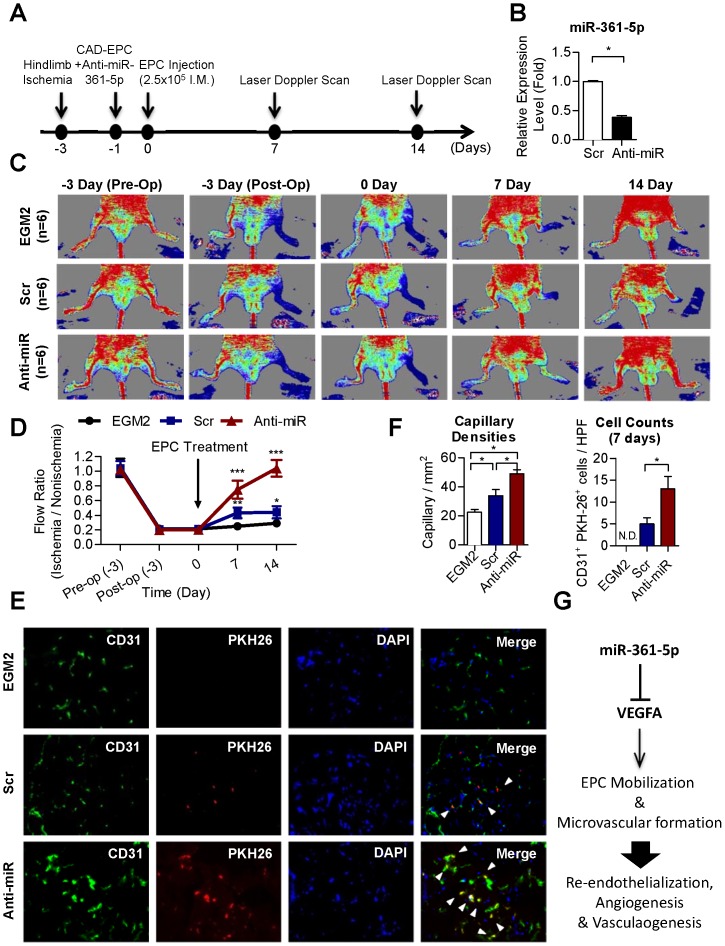Figure 5. Transplantation of miR-361-5plow CAD-EPCs improves blood perfusion in the ischemic hindlimb.
(A) Schematic represeatation of experimental design. (B) miR-361-5p levels in tranfected CAD-EPCs determined by RT-qPCR. *: p<0.05 by Student's T test. (C) Representative images of hindlimb blood flow measured by laser Doppler before operation (Pre-Op), immediately after hindlimb ischemia surgery (Post-Op), and 2 weeks after intramuscular injection of culture medium (EGM2), peripheral blood EPC-transfected with scramble oligonucleotides (Scr), or CAD-EPC-transfected with miR-361-5p oligonucleotide antagomirs (Anti-miR). (D) Quantitative analysis of blood flow expressed as perfusion ratio of the ischemic to the contralateral (non-operated) hindlimb. *: p<0.05; **: p<0.01: ***: p<0.001 compared with control; n = 6. (E) Immunofluorescence staining on nude mice tissues 7 days after injection with PKH-26-labeled CAD-EPCs. Capillaries in the ischemic muscles were visualized by anti-CD31 immunostaining (green), and injected human EPCs were monitored by PKH-26 fluorescence (red). Mice receiving miR-361-5p-repressed EPCs had more CD31+/PKH-26+ double-positive cells (white arrowheads) in ischemic muscle than another 2 control mice groups (Scr and medium). DAPI: nuclear staining of live cells (blue). (F) Quantitative analysis of capillary densities and CD31+/PKH-26+ double-positive cells in ischemic muscle of mice hindlimb ischemia surgery. HPF: high power field; N.D.: not detectable; *: p<0.05 by one-way ANOVA test followed by Tukey's post-hoc test. (G) A proposed model of EPC angiogenesis activities are regulated by the miR-361-5p-VEGF pathway.

